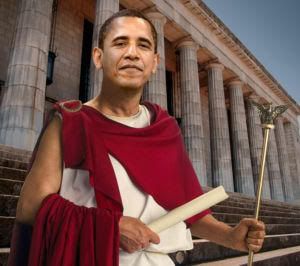In our efforts to form a more perfect Union we look to the Constitution for guidance for how we might shape the form and function of Government; many who seek to interpret that document try to do so by following what they believe is The Original Intent Of The Founders.
Some among us have managed to turn their certainty into something that approaches a reverential calling, and you need look no further than the Supreme Court to find such notables as Cardinals Samuel Alito and Antonin Scalia providing “liturgical foundation” to the adherents of the point of view that the Constitution is like The Bible: that it’s somehow immutable, set in stone, and, if we would only listen to the right experts, easily interpreted.
But what if that absolutist point of view is absolutely wrong?
What if the Original Intent Of The Founders, that summer in Philadelphia…was simply to get something passed out of the Constitutional Convention, and the only way that could happen was to leave a lot of the really tough decisions to the future?
What if The Real Original Intent…was that we work it out for ourselves as we go along?


